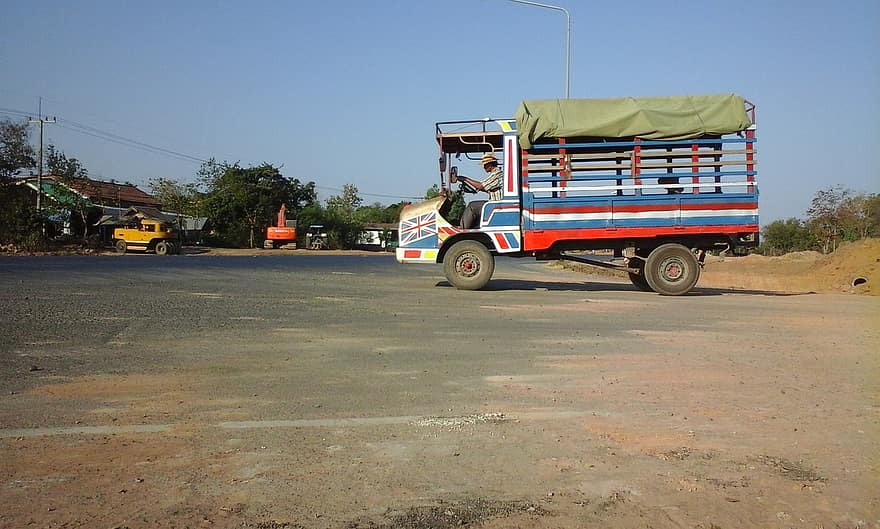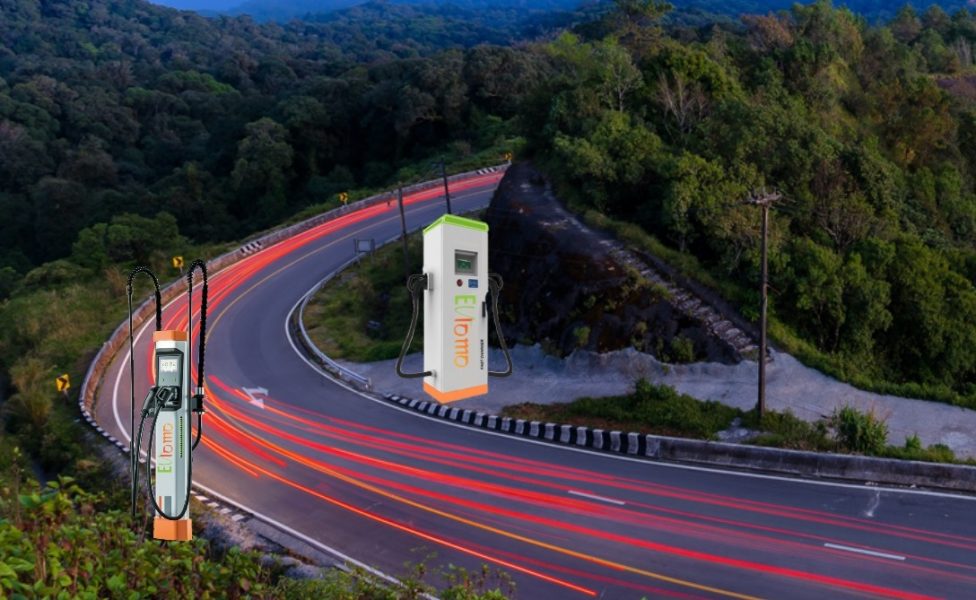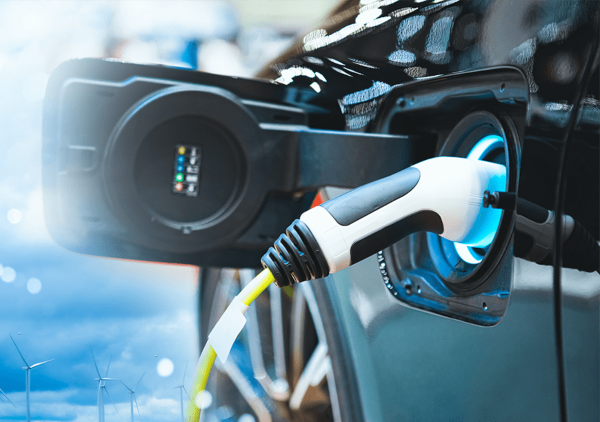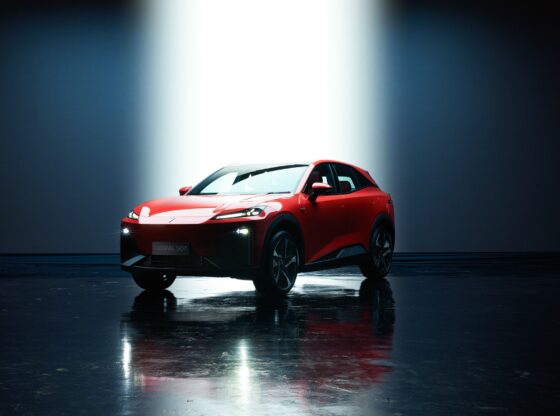![]()
The ICE (internal combustion engine – petrol and diesel to you and me) Age is scheduled to end in 2035 in Thailand with a ban on the sale of new CO2-spewing vehicles.
The Thai Government announced this a few months back. There’s no doubting that this type of measure is something that the country’s authorities should be announcing as part of a global push to clean up the planet. They are to be applauded.
But, of course, it’s one thing to announce this, but quite another to walk the talk or drive and thrive.

Consider the following:
If ICE vehicles are to be binned, it is highly likely that electricity will take the place of petrol and diesel at the source of power. It stands to reason that any population’s consumption of electricity will increase greatly as a result.
In the UK, for example, this is a concern. Will the TV go on the blink during the commercial break in Coronation Street when everyone puts the kettle on for a cup of tea as their car sits outside also drawing down juice from the grid, causing an overload?
Things may have changed, but my recollection of the electricity system in Pattaya could best be described as erratic. Planned electricity shutdowns and unplanned ones were an ever-present threat to domestic and business bliss, I seem to recall. So…
Question No 1 is: Does Thailand’s electricity supply have any chance of coping with the surge in demand that all-electric vehicles will bring about? It’s a rhetorical question.
This leads me neatly to…
Question No 2: Where will all the necessary charge points come from to allow drivers to charge-up with the same convenience as they enjoy at the petrol/diesel pumps?
In the UK, for example, Volkswagen is installing charge points at Tesco supermarkets for people to use for free. Remember Tesco, or Tesco/Lotus as it was in Thailand until the conclusion of last year?
From the end of this month there will be free charging bays at 400 of Tesco’s UK stores. Sub-question: If Volkswagen were to attempt to install free parking bays at, say, Lotus stores in Thailand (a) would they be laughed at because there is no charge; and (b) how would the owners of the filling stations in Thailand react?
Back in May the web tell me it was announced that there are just 1,200 charge points currently in use in Thailand. Think about it. Say there are three charge points in each location (maybe more, maybe fewer) that would equal just 400 locations to serve a population of close to 70 million. Of course, not all 70 million own vehicles, but it is a serious mismatch just the same.
Just the month before EVLOMO, in partnership with PTT Oil and Retail Business (OR), launched its first electric vehicle (EVs) charging station at PTT Station, in Ban Chang, Rayong. I fully appreciate that you have to start somewhere but, suddenly, 2035 doesn’t sound far enough away to me.
Charge points (or the lack of them) will be a major stumbling block in the Thai Government’s plans, I would suggest.

Here in the UK (where the population is slightly lower than that in Thailand – 67 million) it has been estimated that around 2.3 million public charge points would need to be in service by 2030 (when the UK is due to ban the sale of new ICE-powered cars and vans) to provide adequate coverage and tackle range anxiety (the fear that the battery will run out before you get where you are going).
Thailand currently has 1,200 charge points. The UK has 35,000 in 13,000-plus locations. It is said the UK needs to add 700 charge points per day (more than half of the present Thai total) to reach its 2030 goals.
Between now and the start of 2035 (the Thai goal), there are 4,931 days. To reach a target similar to the UK, Thailand (with five extra years to spare) would need to add a little more than 450 charge points per day. Now, of course, 2.3 million may not be Thailand’s goal, but I would suggest that the figure is more likely to be higher than lower. That’s a lot of charge points and service stations given that PTT has just launched its first.
Currently (bad pun, I know) charging a vehicle battery with electricity is not a five-minute job. To get enough charge on board to go any distance, takes time. Imagine the scenes at the new era of service stations with everyone hanging around for ages waiting for charge points to become free. I know the car companies are working feverishly to improve charging times and I expect them to be much better by 2035.
Still, I expect that coffee shop owners with an outlet at a charge point service station will be in heaven. Time for a coffee or two (maybe three) while the vehicle is charging. In the UK, we are already experiencing, not road rage, but ‘charge rage’ as people stick their vehicle on charge in public places and disappear for hours on end – more hours that it takes to fully charge the vehicle, causing those left waiting to lose it big time. And it’s not as if the person waiting can extract the charging lead and run it to their own vehicle. You need a code to release the charge point, usually on a smartphone.
Question 3: What will happen with the buses, lorries and lord knows how many motorbikes we see on Thailand’s roads? What is the plan to turn them environmentally friendly?
Who hasn’t been on a road with a guy hanging out of the door of the bus up front waving oncoming traffic to one side as the exhaust belches out more CO2 that you can shake a stick at? Reforming the buses is going to take time and no little money. UK authorities are calling on Government to stump up money to pay people to scrap their old vehicles. No one is quite sure where this cash might come from. Can you see the Thai Government paying the country’s drivers to ditch their old vehicles? Another rhetorical question.
And regarding motorbikes – where do I start? Everyone in Thailand, right down to the youngest, seems to have two things, a mobile phone and a motorbike. These motorbikes can’t be environmentally friendly. Reducing the impact of them is another problem not easily solved.
Conclusion: Residents in Thailand look to be facing a rocky road in relation to reforming its vehicle habits by 2035. Personally, I can’t see the legislation being successful by that date. Such reforms are unlikely to be big vote-winners, though maybe that’s not such a big consideration in Thailand. Say no more.

Do I take great delight in pointing out these potential pitfalls from the ‘safety’ of the UK? Not really, because one day within the next two-three years I may return to the Land of Smiles (Covid and general health-permitting). If I do, I will be greeted by a fuel-guzzling Chevvy truck I still own which is highly unlikely to be accepted post-2035.
The only thing I would say is that by 2035 I will be into my 80s and perhaps the joys of driving might not still be available to me. That said, my wife who will be in her late 60s might still want to ferry me around. Might!
Get ready for an electrifying future everyone.

Dave Buckley is a career journalist. “I once went painting girders for a week and discovered I didn’t like heights,” he says. “Apart from that, it has always been journalism for me in one form or another.” Past publications worked for include the South-East London Mercury*, Kent Messenger, Daily Express, Today*, News of the World* and Hong Kong Star*. All those marked with an asterisk no longer exist (trend emerging?). He owned and edited a Thailand-based property magazine before returning to England and currently works as a production editor for an East Midlands-based publishing group.












